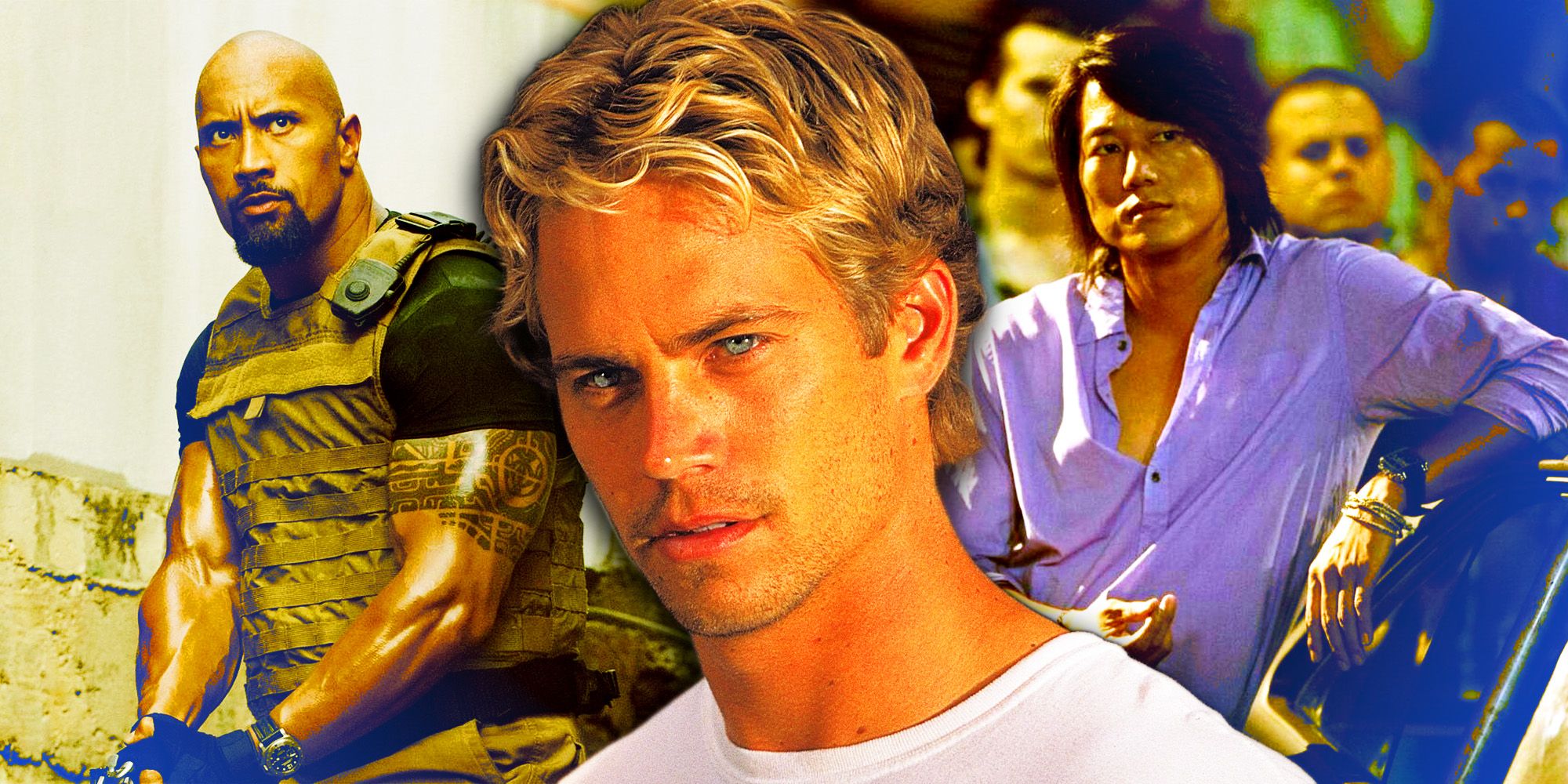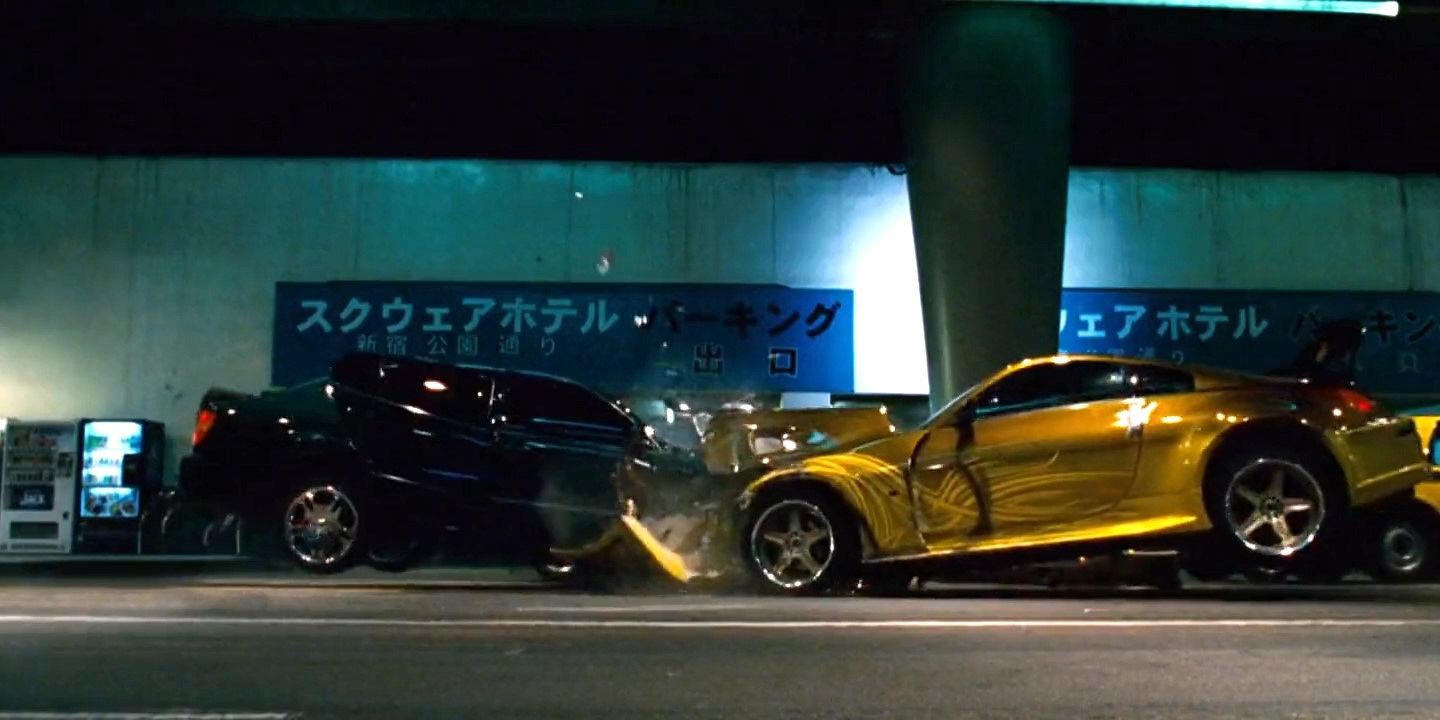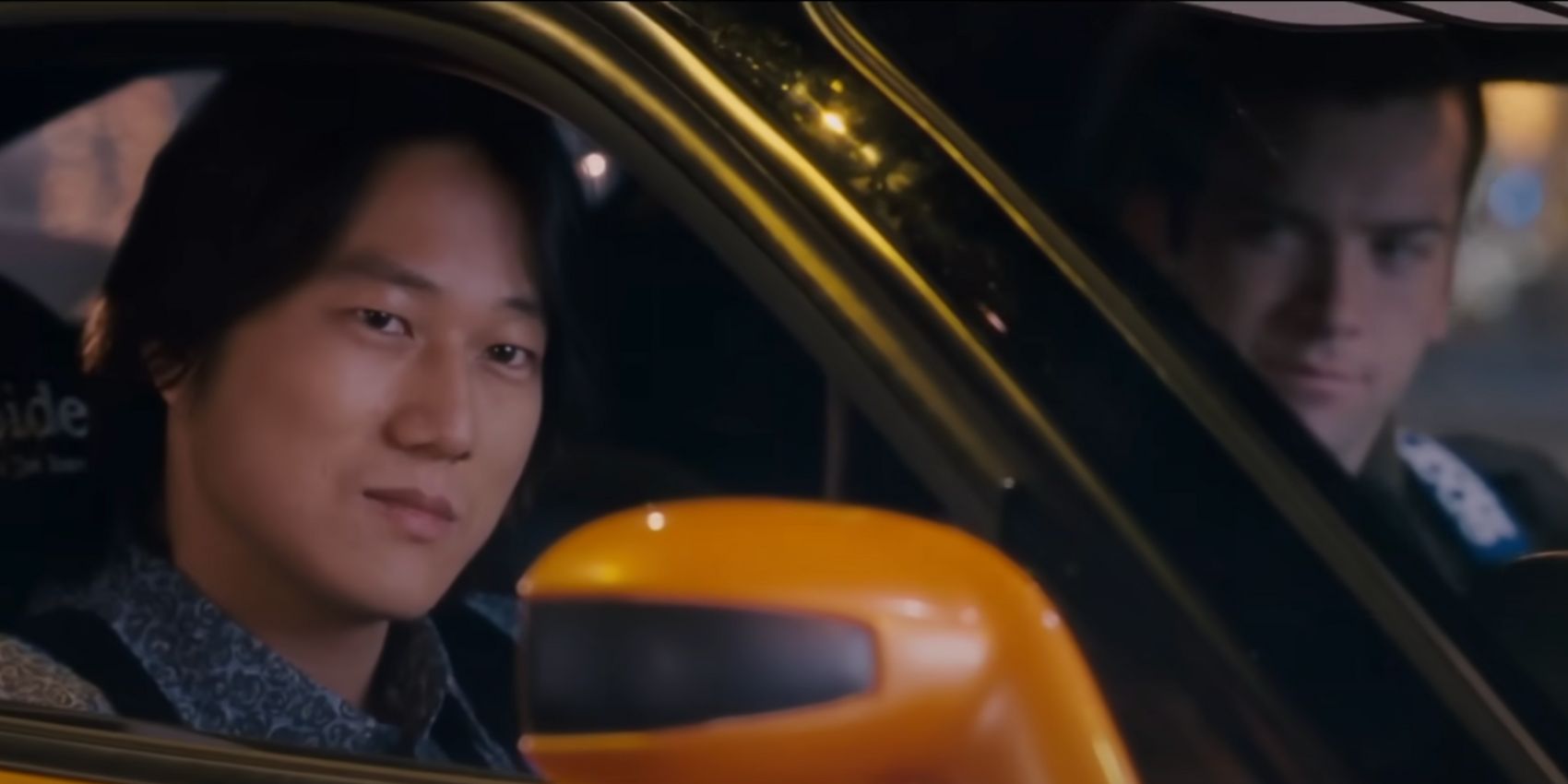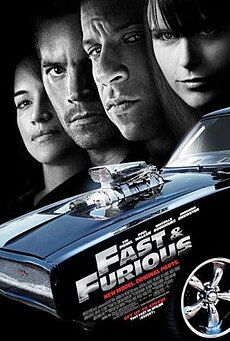Summary
- The Fast & Furious franchise evolved from street racing to international heists for sustainability and global appeal.
- The focus on family and characters anchors the story, allowing audiences to connect and invest in their growth.
- The shift in focus from cars to family in 2009’s Fast & Furious revitalized the franchise, leading to box-office success.
The Fast & Furious franchise is a cinematic powerhouse. Dominic Toretto’s family of legally shady misfits rakes in cash at the box office, and audiences can expect their fix of action sequences and Coronas every few years. After ten movies and over two decades, it’s hard to imagine the cultural landscape without the Toretto family barbecues, but theFast Saga is not without a few growing pains. The chronological timeline of the Fast Saga doesn’t even line up with the release order, and the nature of the movies has changed drastically in twenty years.
The central theme of the Fast & Furious franchise has always been family. The saga began with a film about Dom protecting his sister and friends through his road heists and street races. However, the movies evolved from stories about petty criminals into a film series about multinational espionage geniuses who embark on extraordinary missions. Every sequel found new and exciting ways to ignore the fundamental laws of physics while entertaining millions. The evolution of the franchise was crucial to its survival.
1:58

Related
Only Two Fast and Furious Movies Have Truly Delivered On The Franchise’s Original Premise
Fast & Furious is often criticized for having abandoned its original premise, but only two movies in the Fast Saga have truly lived up to its name.
Fast & Furious Abandoning Its Original Premise Saved It After 2 Fast 2 Furious And Tokyo Drift
The Franchise Had To Evolve To Survive
After some missteps in 2 Fast 2 Furious and Tokyo Drift, the Fast & Furious franchise thankfully realized it had to shake things up. 2 Fast 2 Furious is memorable for introducing Tyrese’s Roman Pearce to the franchise. He was intended as a stand-in for Dom, but Roman lacked thegravitas and emotional depth that made Dom a compelling protagonist. He did, however, make up for it with comedy and charisma. 2 Fast and 2 Furious was the first sign that it’s not possible to sub out one character for another. Every member of the group has a role to play.
The financial flop of 2006’s The Fast and The Furious: Tokyo Drift signaled that the franchise needed its own NOS boost if it aspired to more than multiple direct-to-DVD sequels. Tokyo Drift was an in-universe standalone sequel and the biggest box-office failure in the franchise. The movie lacked star power or familiar faces,sans a brief cameo from Vin Diesel, causing audiences to stay home. Fast films had to figure out a way to be more than just generic car movies.
A more consistent cast and global storytelling revitalized the franchise.
Why Fast & Furious Could No Longer Just Be About Cars After Tokyo Drift
Street Racing Cannot Build Years Of Storytelling
The Fast & Furious franchise needed an anchor that the audience could connect with. A franchise solely built on street racing lacks the necessary stakes to be sustainable. The lack of characters to invest in was one of the central failures of Tokyo Drift. The franchise could not just stick to the formula of street racing with new characters and a new case. Audiences connect with characters and want to see how they grow from sequel to sequel. No matter how ridiculous a story may be, an audience will stick with it to see how their favorite characters pull through.
The Fast Sagareplaced street-level racing with international heists and shady government organizations. While every film may still contain a race, the race is a nostalgic nod to the franchise’s roots instead of the ultimate prize. Whether Dom is saving the Vatican from a nuclear bomb or pulling two massive bank vaults down the streets of Rio, the Fast franchise has some of the best stunt work that appeals to a broad audience. The switch to international heists mirrored the franchise’s shift to a global market. The franchise thrives by mirroring its global audience.
Fast & Furious Hasn’t Been About Street Racing For 15 Years Now
It’s All About Family
Fast & Furious films did well by shifting their focus from cool cars and street racing to found family. Every movie in the franchise has excellent cars, but Fast & Furious was the first movie in the saga to recognize the financial power of the ensemble led by Diesel’s Dom. Dominic Torretto’s extended family became the anchor point of the saga instead of a never-ending string of new, souped-up cars. A more consistent cast and global storytelling revitalized the franchise. The family barbecue is a staple because it reinforces what the franchise is about.
Fast & Furious
is typically considered a critical failure, but it changed the course of the franchise forever.
The fourth film realized that international locations combined with known characters kept people coming back to the theater. The family could always add new members, but the core group needed to be there to allow the audience to invest in the storytelling. Each subsequent film involved getting the family together to execute increasingly ludicrous missions, with each character displaying known personality traits. Roman may not have the gravitas to lead the group, but he does have the comedic chops to play the funny action movie sidekick.
The Fast & Furious franchise shows the necessity of evolution. The movies transformed from street-racing tales into a global phenomenon by embracing international espionage, a diverse ensemble cast, and fantastic action sequences. The Fast Saga thrived by embracing its central tenant of family and being willing to reinvent itself.


